Dark Corners, a new competition by the Museum of London supported by British Journal of Photography, invites photographers to submit work that explores London after dark. To mark the competition’s launch, we spoke to documentary photographer Marc Vallée, who will be featured in the Museum of London’s major, upcoming photography exhibition, London Nights.
For graffiti writers in London, the cover of darkness is crucial. From swift throw-ups and tags on rooftops, walls, and track sides to elaborate burners, invisibility is key in a city that is known for cracking down on the artform. Despite the threat of hefty fines and even imprisonment, today the capital is coated in the work of both solitary writers and larger crews.
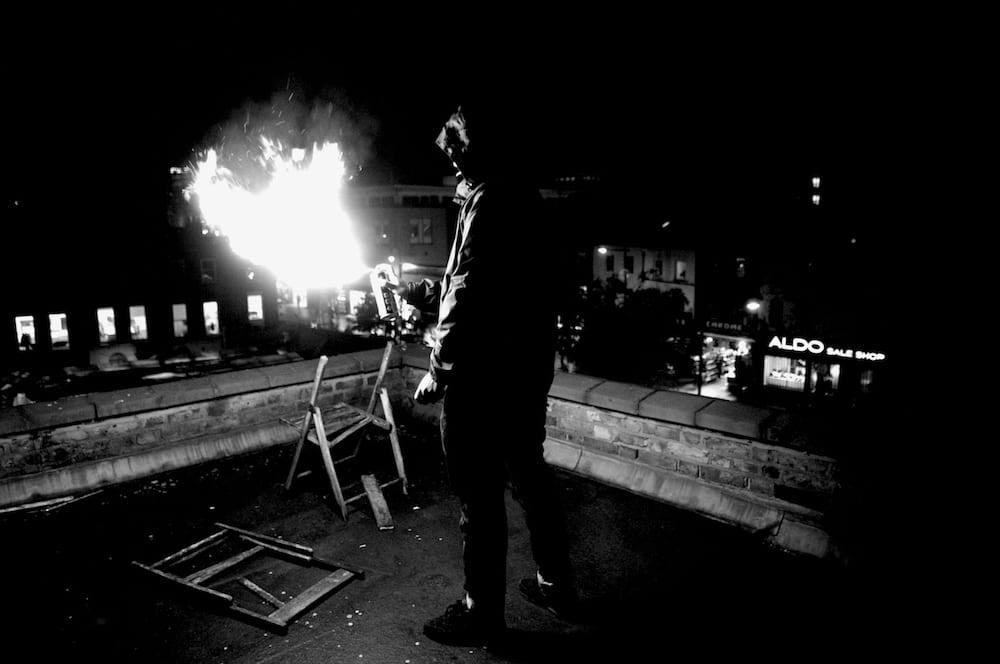
“I’ve been documenting the graffiti scene for many years,” says Marc Vallée, a documentary photographer known for his candid representations of youth culture in the context of the neoliberal city. From skateboarding and defensive architecture to his current work on graffiti in both Paris and London, since 2010, Vallée’s practice has been concerned with the demarcation of private and public space in the city, and how the activities of some subcultures disrupt this. In 2012, Vallée worked on a series entitled Writers, which documents graffiti artists working on Leake Street: a 300 metre stretch of road tunnel under Waterloo station where the practice is tolerated.
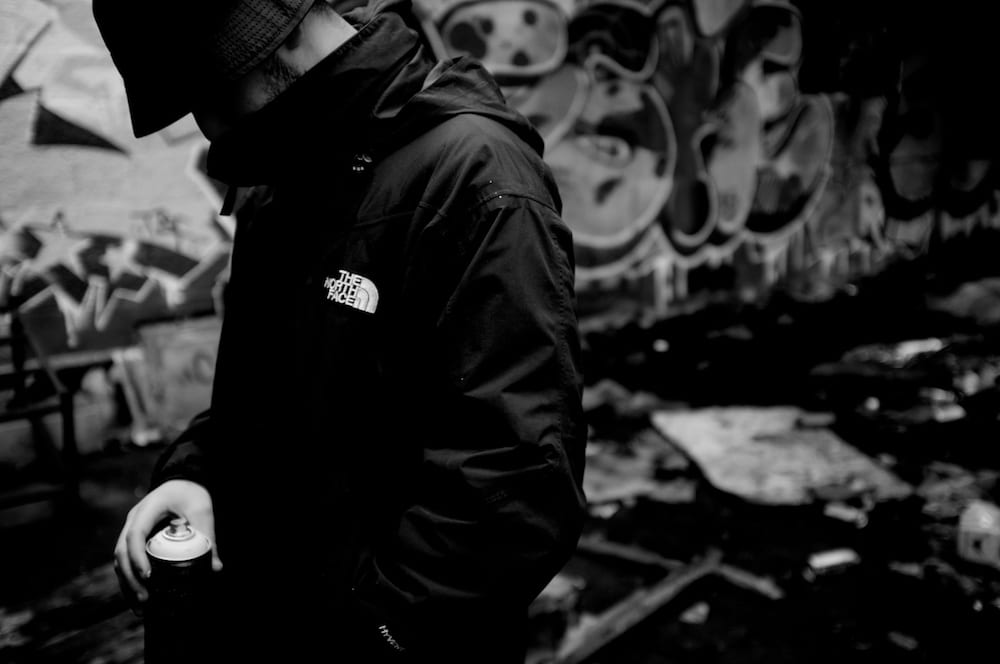
“I wanted to progress the work to look at a crew native to London, who were engaging in both legal and illegal graffiti,” he explains. After months of searching, Vallée eventually found a young group of writers who agreed to let him shadow them. Spending a year documenting the crew as they engaged in the act of making work across the city, the photographer began to understand the intricacies of this mysterious world and the motivations of its members. “Graffiti in and of itself can be controversial, depending on how you see the world, but, it’s obviously happening, so I think it’s important to try and understand more about it,” explains Vallée. The resulting series entitled Vandals and the City, also published as a zine, offers an honest insight into an act that remains hidden from public view on account of the controversy surrounding it.
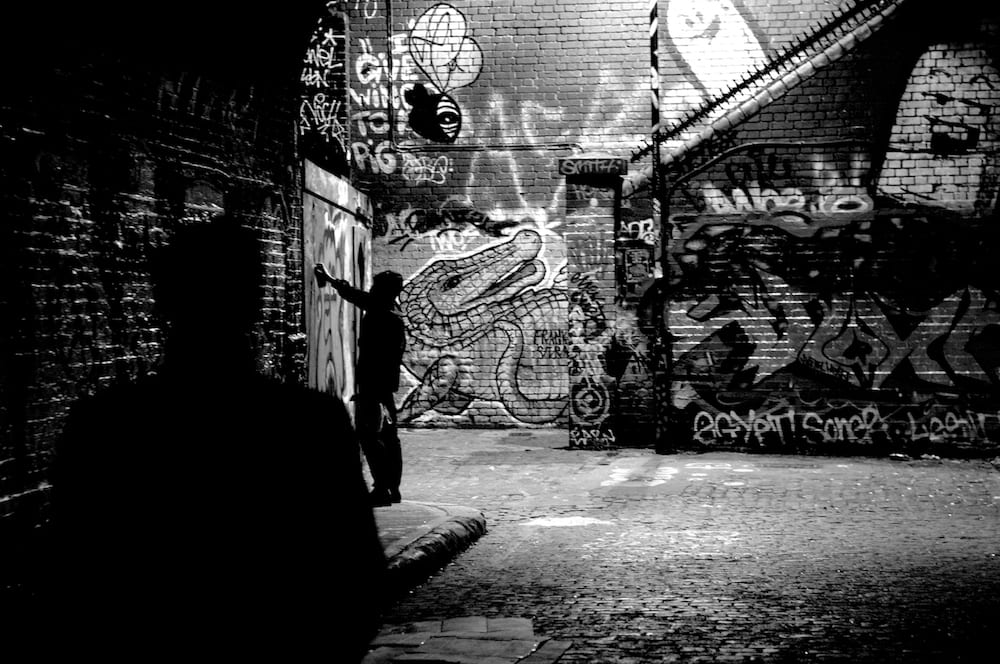
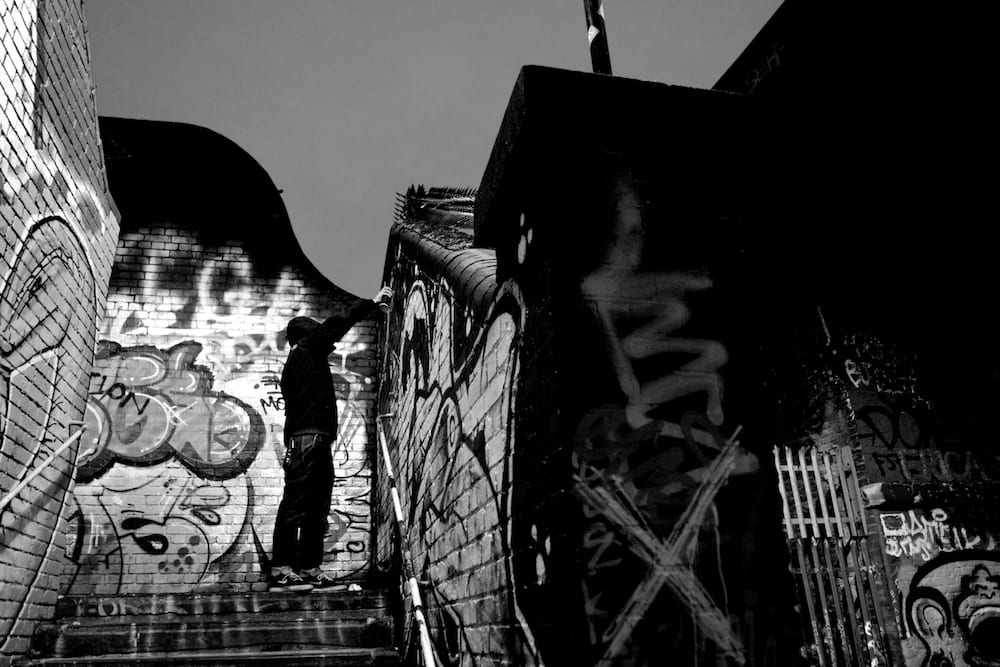
The crew went out painting as usual and Vallée would accompany them. “There were a number of times that I intentionally cancelled to check that they would go regardless, and weren’t just doing it for me,” he says. Vallée’s photographs capture the group at work, their identities always disguised, in different locations around the capital during both day and night. “The cover of darkness was obviously crucial for some of the graffiti that they were doing,” he explains. At night the crew would seek out more challenging locations, scaling walls and traversing roofs with Vallée in tow.
One of the images depicts a writer standing at the edge of a roof, surrounded by darkness, with only the neon lights of the shops below illuminating him. Shot entirely in black and white, and without the use of a flash, the work is a nod to the dark aesthetic of many contemporary Japanese photobooks. “The quality of the blacks, the graininess, is something I embrace,” says Vallée “I think it’s integral to what was there.” The print, which will be featured in the Museum of London’s upcoming exhibition London Nights, alongside one other image and the accompanying zine, offers a sense of the freedom and opportunities that the desolateness of darkness provides.
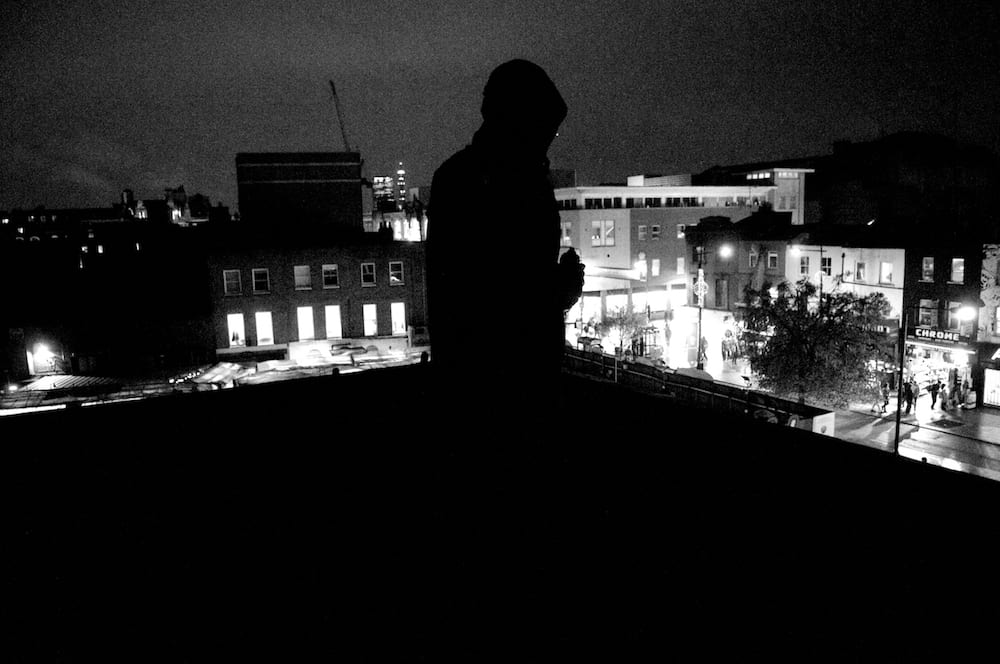
“To spend such a considerable amount of time with such a young graffiti crew, and get to understand how they see the world, and how they interact and interpret the space of the city, was really fascinating,” says Vallée “it opened up my eyes.” Despite having lived in London his whole life, accompanying the group encouraged him to see the capital from a new perspective, and question the ownership ascribed to different urban spaces. The zine’s foreword, written by the urban geographer Dr. Oliver Zanetti, asks “by and for whom are cities made?” Zanetti goes on to position the act of graffiti as a disruption of London’s enslavement to the corporations of neoliberalism, asserting that “through their recalcitrance, the writers invite us to rethink the nature of the urban order.”
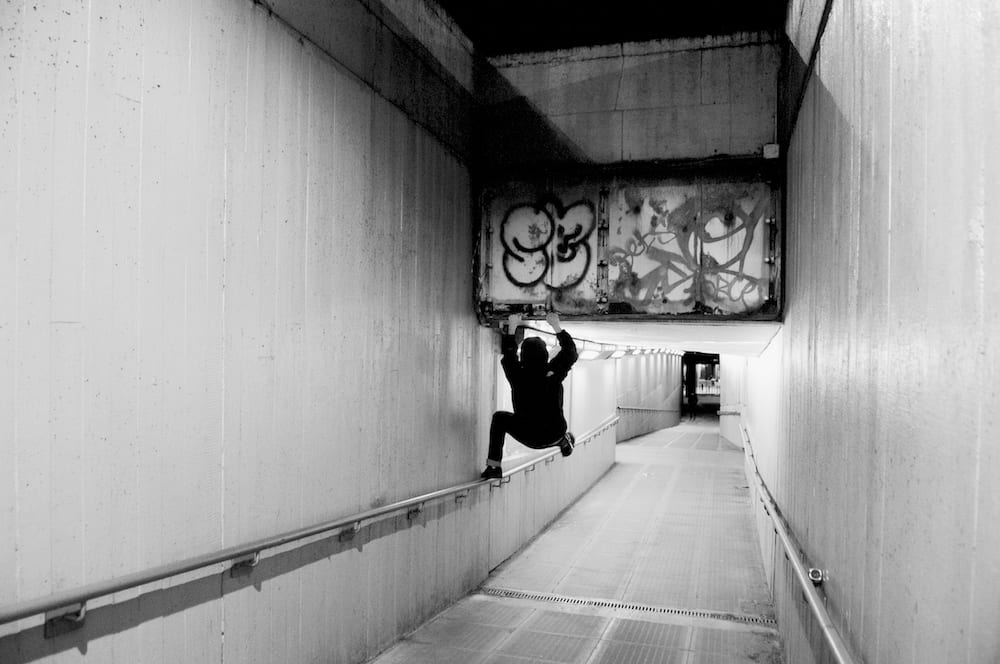
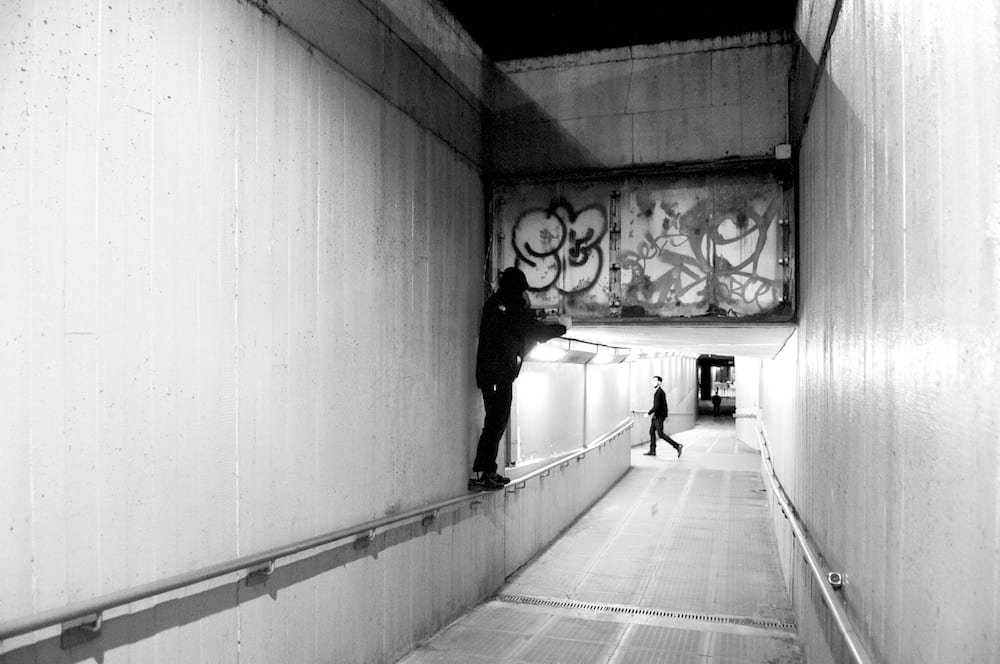
Graffiti may be read as a subversive, political act, intended to intervene in the increasingly policed and privatised spaces of the city, but for many, it is simply a way of life. “There is a political backbone to what I’m doing,” says Vallée. “So there’s always a danger that I’m projecting my views and ideas onto them.” To balance these ideological overtones, the photographer was also determined to capture the adrenaline and satisfaction intrinsic to the act. “It’s that quick hit of them throwing something up on a wall, in a space or area of London that’s got a lot of surveillance and police, and tourists and everything, at night,” he says.
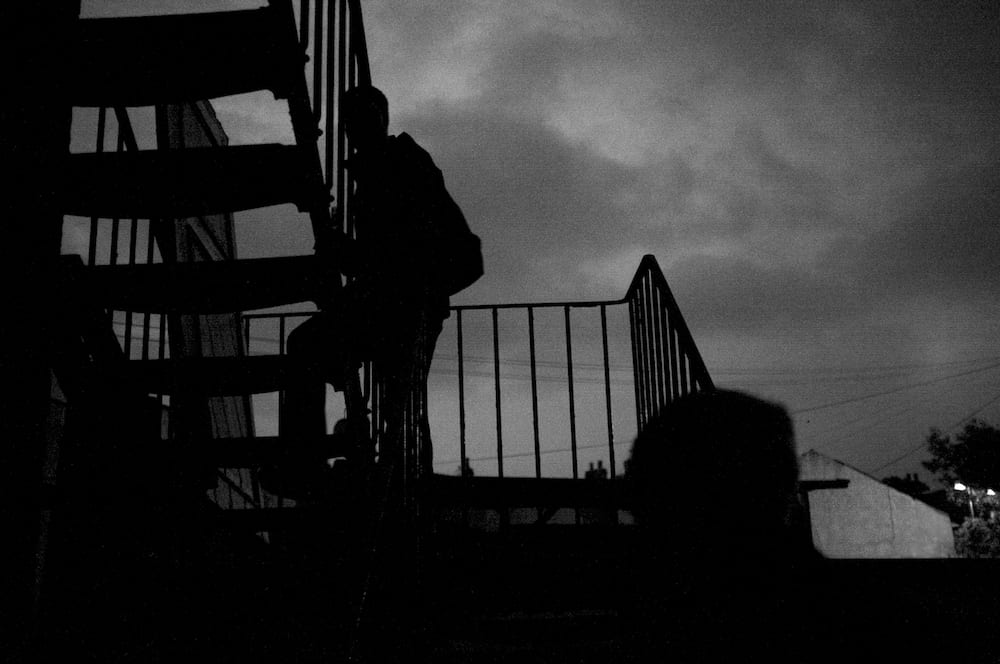
The wide circulation of the zine, which is incidentally the most shoplifted publication from The Photographers’ Gallery bookshop, and coverage of the project by major media outlets, has revealed the world and work of the crew to a readership of hundreds of thousands.“I’m not necessarily sure the crew fully believed that the project could go anywhere. I don’t think they thought that anyone would really be that interested in it. But here we are today, with the work being shown around the world,” he says.
Vallée is excited about the inclusion of the work in both the Museum of London show, London Nights, and the accompanying posters that will be displayed across London’s tube lines. The exhibition will provide “another avenue for the series to be seen,” he says. From the coveted space of the museum wall to the public space of the underground, the act of graffiti has, in a sense, been welcomed into places it would have traditionally been shunned. “I know the graffiti writers in question are looking forward to it: if you’re a graffiti writer and you’re on a poster that’s travelling across the city, you really are all city.”
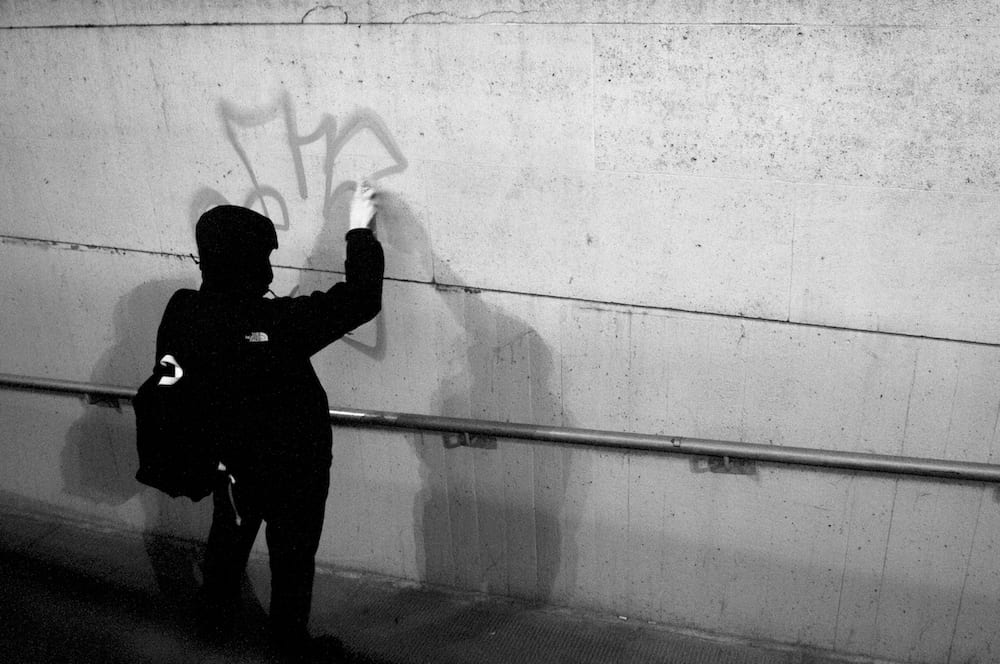
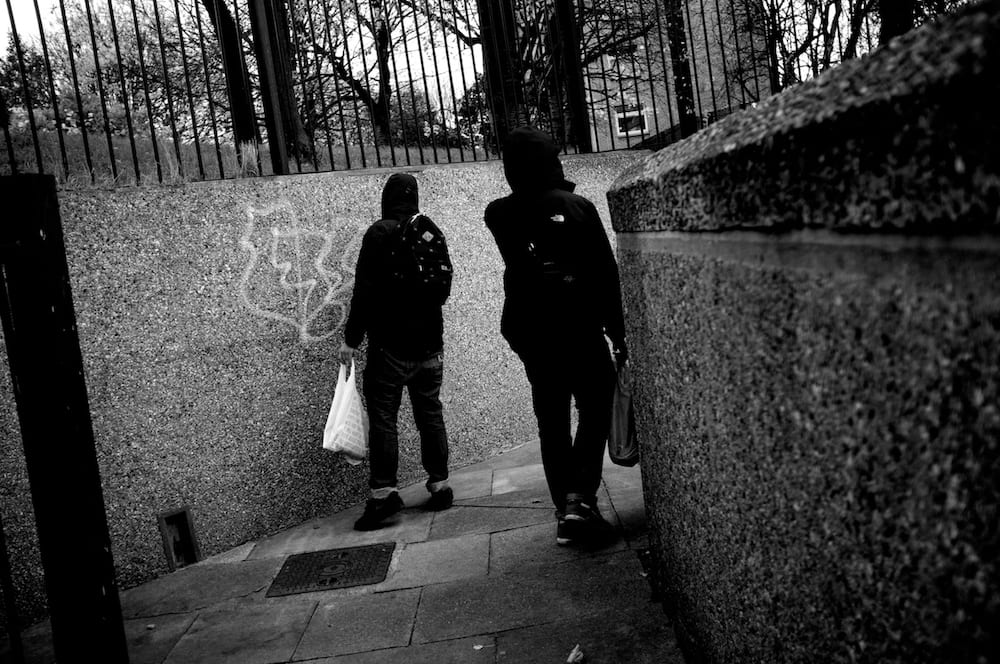
–
Dark Corners is a Museum of London competition supported by British Journal of Photography. Please click here for more information on sponsored content funding at British Journal of Photography.

